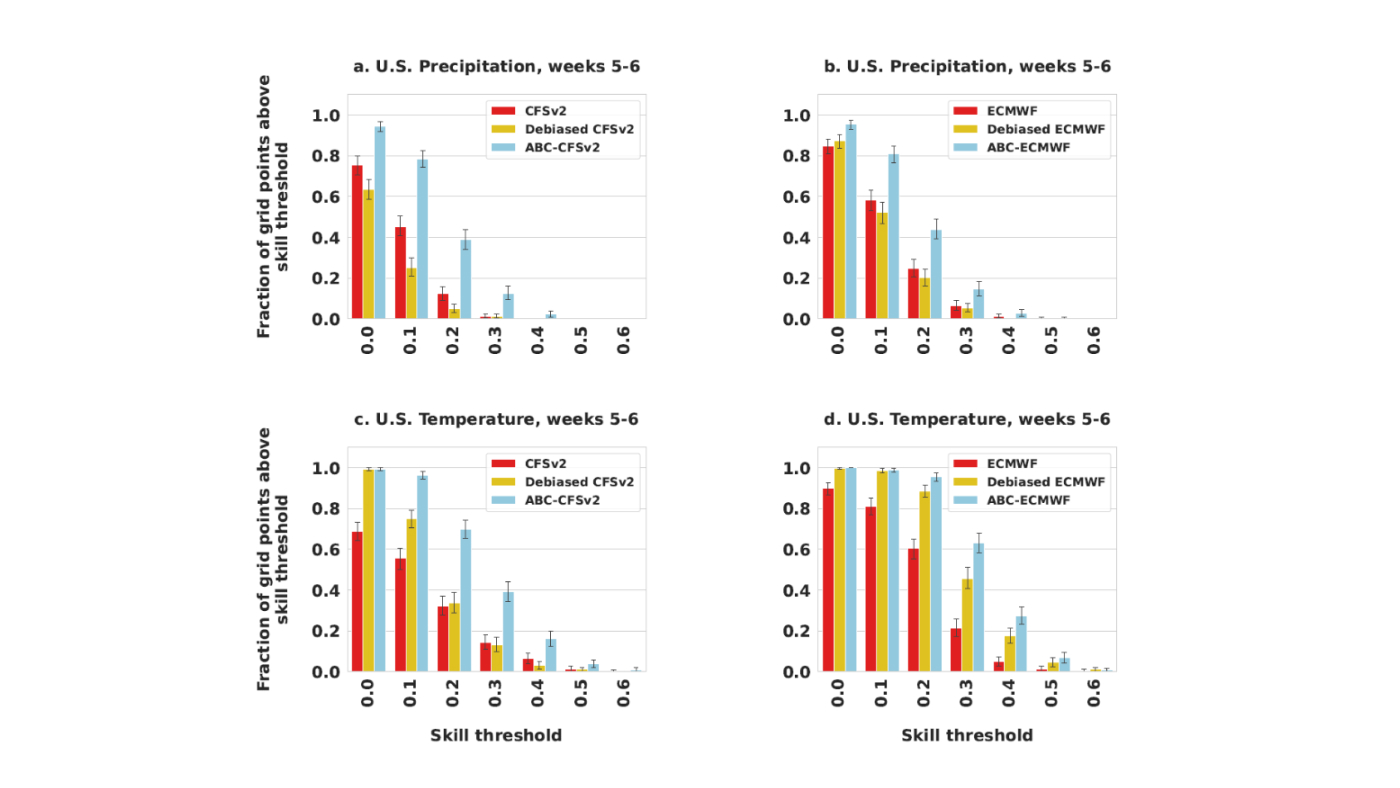By

Hanna Wallach
When Hanna Wallach learned that Jenn Wortman Vaughan also would be attending a major machine learning conference a decade ago, she was happy just to have another woman to share a hotel room with.
Spotlight: blog post
A conversation in that hotel room sparked an idea: What if we held an entire workshop devoted just to the tiny community of women in machine learning?
“We really wanted to showcase the amazing research these women were doing,” Wallach said.
Machine learning is a subfield of artificial intelligence in which systems get smarter as they receive more data. It has traditionally been so heavily dominated by male researchers that the two women said they were absolutely thrilled when they were able to track down 25 women in the entire machine learning field.
The first workshop, held in 2006 alongside the Grace Hopper Celebration of Women in Computing (opens in new tab), had 100 attendees. It was a revelation.
“I’d never been in a room with so many women in machine learning,” said Wallach (opens in new tab), whose current research is in the interdisciplinary field of computational social science.
These days, the field of machine learning is exploding. Wallach and Vaughan, who now both work at Microsoft Research’s New York City lab (opens in new tab), say women still represent just a small minority of machine learning researchers, but the workshop they co-founded has steadily grown in popularity.
The 10th annual Workshop for Women in Machine Learning (opens in new tab), which will be held Monday in Montreal, is sold out with 265 registrants, a slate of highly esteemed presenters and the backing of many major technology companies.
Wallach and Vaughan, who were graduate students when they co-founded the workshop, now serve on the workshop’s executive board but long ago passed day-to-day organization on to other up-and-comers in the field.

Jenn Wortman Vaughan
“I kind of feel like it’s my child that’s grown up and gone off on her own,” said Vaughan (opens in new tab), whose research on algorithmic economics and machine learning has recently focused on prediction markets and crowdsourcing.
Since 2008, the workshop has been held alongside the annual Neural Information Processing Systems (opens in new tab) conference, or NIPS.
The workshop’s board made the decision to hold the workshop alongside NIPS instead of Grace Hopper because it would allow women – and especially cash-strapped graduate students – to attend both events at the same time. The workshop generally funds travel expenses for its student presenters.
NIPS is expected to attract around 4,000 participants this year, up from 2,500 last year. The conference has grown as more researchers and technology companies have started using machine learning for things like instant translation, image recognition, DNA sequence analysis and credit card fraud detection.
The Women in Machine Learning workshop offers some mentoring sessions, but the major focus of the event is the same as any other conference: It’s about sharing the latest, most interesting research in the field.
Vaughan said the small size of the workshop, and the fact that the majority of attendees are women, can make it a friendlier environment for students and young researchers presenting their work. The ability to showcase your work in front of more established researchers can be crucial for gaining a foothold in a hot, competitive field like machine learning.
Vaughan said they’ve also noticed that the workshop makes it easier for students, academics and researchers to meet and get to know one another, and to discuss collaborations. That can be harder to do at a major conference like NIPS, in which thousands of researchers are vying for attention and it’s easy to get lost in the crowd.
That’s been a benefit for Vaughan herself.
“It’s made me feel more connected to a community of researchers,” she said.
Related:
- Learn more about the 10th annual Workshop for Women in Machine Learning (opens in new tab)
- Follow Hanna Wallach (opens in new tab) and Jenn Wortman Vaughan (opens in new tab) on Twitter
- Deep learning, machine learning advancements highlight Microsoft’s research at NIPS 2015 (opens in new tab)
- The next evolution in machine learning: Machine teaching (opens in new tab)
- Machine learning and artificial intelligence research at Microsoft (opens in new tab)
Allison Linn is a senior writer at Microsoft Research. Follow Allison on Twitter (opens in new tab).





